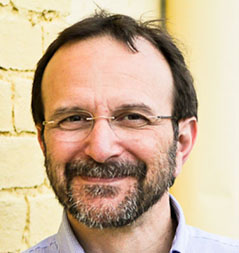TWiM explains personalized aerosilized phage therapy for a chronic lung infection, and using the combination of antibiotic and a DNA molecule that binds alpha-gal to reduce S. aureus infection in vivo.
On this episode of TWiM, how phages prevent other phages from invading their hosts without blocking their own reproduction, and plastic-degrading potential of microbes across the Earth.
The TWiM team reviews Salmonella colonization of three-dimensional miniature intestinal organs, and identification of a circadian clock in a non-photosynthetic prokaryote.
The TWiM team reviews the movie Jezebel, played against the background of the yellow fever epidemic of 1853 in New Orleans, and prokaryotic viperins, ancestors of the eukaryotic enzymes that synthesize antiviral molecules.
TWiM explores the use of a bacterial protein to make highly conductive microbial nanowires, and how modulin proteins seed the formation of amyloid, a key component of S. aureus biofilms.
In this episode of TWiM, control of Campylobacter in raw chicken by zinc oxide nanoparticles in packaging material, and Salmonella enterica genomes from a 16th century epidemic in Mexico.
Sam Sternberg discusses his work on exploring and exploiting CRISPR-Cas immune systems, beginning as a graduate student with Jennifer Doudna, at a biotech start-up, and in his laboratory at Columbia University.
Dickson joins the TWiM team to discuss the nasal microbiota of dairy farmers, and attenuation of bacterial virulence by quorum sensing in the maize weevil.
From the TWiM team, a discussion of Hurricane Harvey microbiology, and a bacterial enzyme that induces eukaryotic mating.
The TWiM team provides an update on Zika virus, and reveals a plasmid on the road to becoming a virus.


